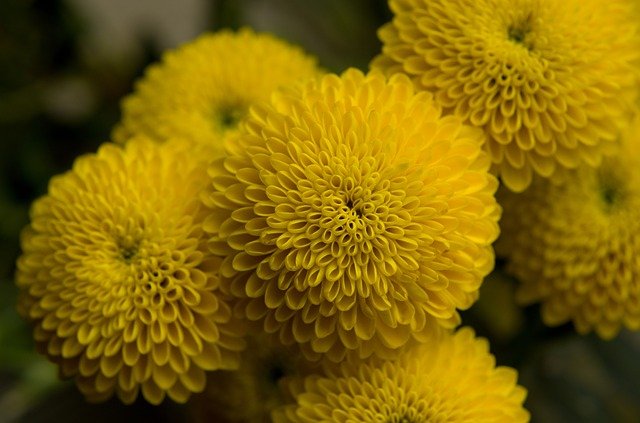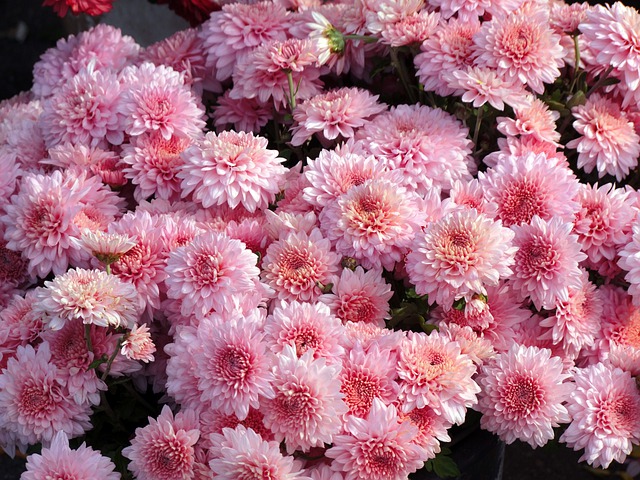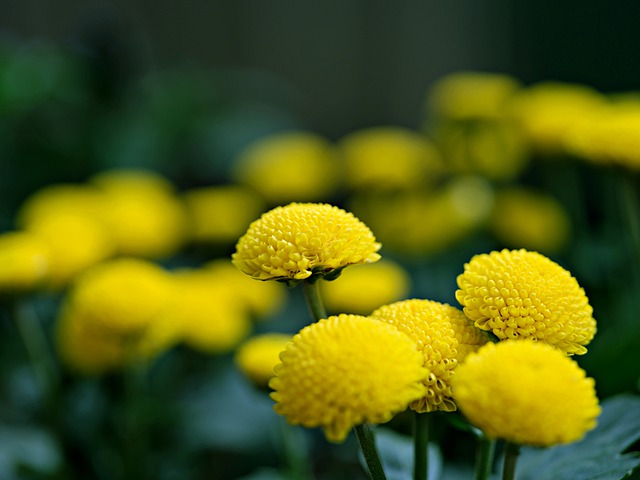Are Chrysanthemums Toxic to Cats? Knowing the Level of Toxicity to Cats

In most cases, the chrysanthemum plant does not poison cats to a significant degree. Cats may experience gastrointestinal distress if they eat the mum plant. To alleviate your cat’s suffering, get him to the veterinarian as soon as possible.
Cats should avoid chrysanthemums growing in the shared garden. Several varieties are known as toxic. The mum plant can be identified by its shrub-like appearance, which features purple and yellow flowers. Mum plants contain lactones, pyrethrins, and sesquiterpene, all toxic to cats.
Table of Contents
The Toxicity of Chrysanthemum
Pyrethrins have a reputation for having a relatively low level of toxicity when it comes to cats and other mammals. Cats, on the other hand, are more susceptible to the effects of the toxin than dogs due to the fact that the metabolic pathways in their livers are less effective and that they have a larger surface area to body weight ratio than dogs and other mammals. When flea control products intended for dogs are used on cats, there is a significant risk of pyrethroid toxicity occurring. A pyrethroid is a synthetic form of pyrethrin.
Pyrethrin is a naturally occurring insecticide that can be found in the flowers of several different types of chrysanthemum. It does this by attacking the nervous system of the insects and rendering them unable to move. Pyrethrins prevent insects from biting and are a common ingredient in insect repellants. Both pyrethrins and permethrins main thing that kills fleas in many sprays, shampoos, powders, collars, and spot-on treatments. Some garden pest control products, home foggers, and large-scale farming operations use pyrethrins.
This toxic compound can stimulate the nervous system whether they are ingested or touched by the user. It should come as no surprise that pyrethrins are the foundation of all man-made pyrethroids, which, according to the National Pesticide Information Center, are found in more than 2,000 different registered pesticide products. Pyrethrins are highly irritating to larger animals due to their low toxicity levels. However, this property renders them lethal to a wide variety of insects.
Intoxication from the Mum Plant in Cats and Their Symptoms
The symptoms of mum poisoning typically manifest themselves within two hours of ingestion and are typically mild in nature. Take your cat to the veterinarian as soon as you notice any of the following symptoms in order to alleviate any gastrointestinal discomfort and/or skin irritation:
- Vomiting
- Diarrhea
- Drooling
- Unable to maintain balance and coordination
- a reduction or absence of appetite
- Itching
- Red, swollen, or inflamed skin
- Bumps or lesions

How to Treat Cats Poisoned by Mums
If a cat eats a small amount of a mum, the treatment is usually easy and is the same as for other types of plant poisoning in domestic animals. Your vet may make your cat throw up to get rid of any toxins that haven’t been digested. Activated charcoal can be given to get rid of any toxins that are still in the stomach. Most of the time, intravenous fluid therapy is used to fix fluid imbalances caused by plant poisoning. If a cat keeps throwing up, it may be given medicine to stop it.
At the moment, there is no way to treat mum poisoning. But because most poisonings are mild, the methods described above are usually enough to treat poisoning from mums. If your cat is poisoned very badly, which happens very rarely, your vet will suggest more treatment based on how your cat is acting.
Recovering from Cats’ Mum Plant Poisoning
With prompt and efficient treatment, recovery and prognosis are typically good or excellent in mild cases of mum poisoning in cats. Cats who suffer from mild cases of plant poisoning typically recover completely within twenty-four hours of ingesting the poison. Due to the rarity of it occurring, the prognosis for severe mum poisoning is not described in current veterinary literature.
Outdoor gardens frequently contain mum plants. Although the mum plant is indigenous to Europe and Asia, it’s possible that your cat came into contact with it while playing outside. If so, it might be a good idea to monitor or restrict your cat’s outdoor activities to avoid further poisoning incidents. If you own the mum plant that your cat ate, you need to get rid of it right away. Before buying any plants or flowers, make sure to do your research to make sure they don’t contain anything toxic to cats.
Follow-up appointments are typically not necessary in cases of mild poisoning. In cases of severe poisoning, your veterinarian will plan follow-up visits based on your cat’s symptoms.

